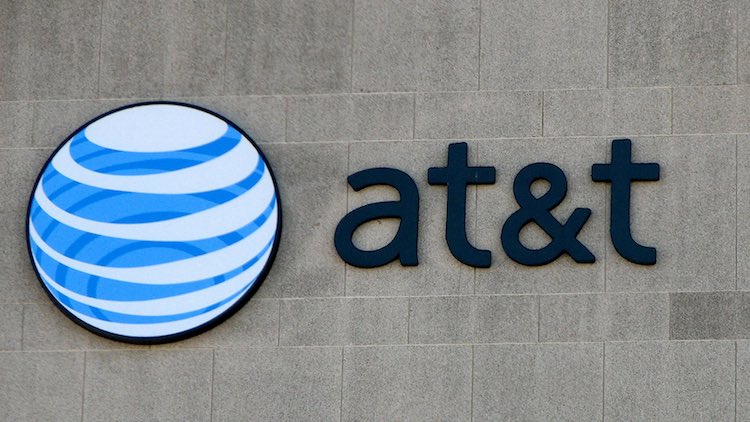AT&T Accused of Digital Redlining in Cleveland

Broadband access advocates the National Digital Inclusion Alliance (NDIA) is alleging that AT&T has discriminated against low-income Cleveland neighborhoods in deployment of home Internet and video over a decade.
It said it was basing that "digital redlining" charge on FCC data from June 2016, as well as "city construction permits and other information" that it says shows the company "withheld fiber-enhanced broadband improvements from most Cleveland neighborhoods with high poverty rates – including Hough, Glenville, Central, Fairfax, South Collinwood, St. Clair-Superior, Detroit-Shoreway, Stockyards and others."
“Access to the internet is essential, which is why we've continuously invested in expanding service and enhancing speeds," said an AT&T spokesperson.
NDIA said it began the six-month mapping analysis after some residents were being told they were ineligible for a discount rate program because they were not getting the minimum 3 Mbps speed needed for the discount.
AT&T has chosen not to extend its “Fiber To the Node” VDSL infrastructure – which is now the standard for most Cuyahoga County suburbs and other urban AT&T markets throughout the U.S. – to the majority of Cleveland Census blocks, including the overwhelming majority of blocks with individual poverty rates above 35%.
NDIA says the result has been that those lower income areas are getting uneven or limited access and no access to fiber-based video service that AT&T promised in exchange for getting regulatory relief from municipal franchising back in 2007.
"The report does not accurately reflect the investment we've made in bringing faster internet to urban and rural areas across the U.S.," said the AT&T spokesperson. "While we are investing in broadband, we’re also investing in technologies that will mitigate some of the infrastructure limitations.”
An AT&T source speaking on background said that the company had invested $135 billion on wired and wireless networks between 2012 and 2016, including nearly $1.5 billion in its Ohio wireless and wired networks in 2013-2015, with more than $325 million of that in Cleveland.
NDIA's directing council includes John Windhausen, executive director of the Schools, Health & Libraries Coalition as well as representatives from the Benton Foundation and the Nonprofit Technology Network.
Broadcasting & Cable Newsletter
The smarter way to stay on top of broadcasting and cable industry. Sign up below
“The data show that AT&T has failed to upgrade its network in low-income Cleveland neighborhoods while deploying a high-speed fiber network to wealthier areas within the metropolitan area," said Phillip Berenbroick, senior policy counsel at Public Knowledge, of NDIA's mapping analysis of FCC broadband availability data. "This is classic redlining of services. These bypassed low-income neighborhoods have no options for high-speed fixed broadband service and must settle for lower speeds. As a result, families in these areas are more likely to rely on mobile broadband, which is significantly more expensive on a per GB basis."
Photo via Bill Bradford's Flickr. Image taken on March 4, 2016 and used per Creative Commons 2.0 license. The photo was cropped to fit 9x16 aspect ratio.)
Contributing editor John Eggerton has been an editor and/or writer on media regulation, legislation and policy for over four decades, including covering the FCC, FTC, Congress, the major media trade associations, and the federal courts. In addition to Multichannel News and Broadcasting + Cable, his work has appeared in Radio World, TV Technology, TV Fax, This Week in Consumer Electronics, Variety and the Encyclopedia Britannica.

